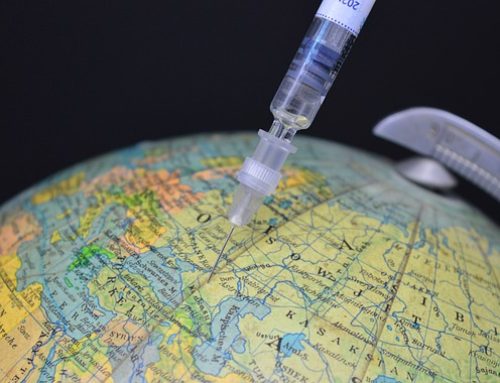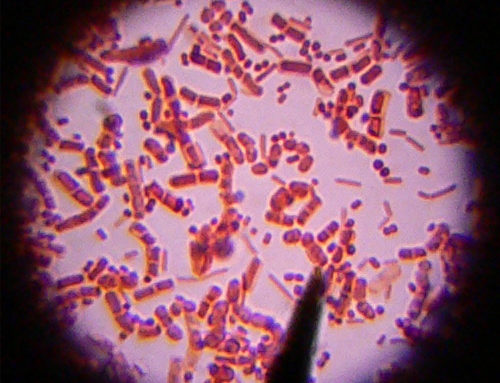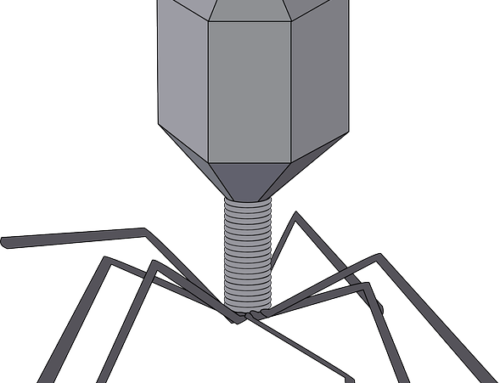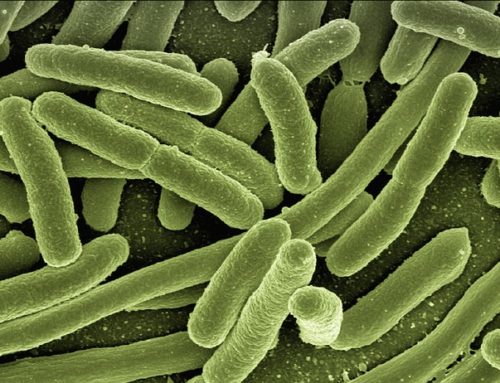- The study and diagnosis of infectious diseases is approached from an organ system perspective.
- Upper and Lower Respiratory Tracts
- Gastrointestinal Tract
- Urinary Tract
- Genital Tract
- Central Nervous System
- Skin and Soft Tissues
- Eye
- Systemic and General Syndromes
- Fever of Unknown Origin
- Endocarditis
- Septicemia
- “Imported” fevers and infections (due to foreign travel)
- Clinical management of infections generally requires a rational approach involving patient presentation, history, physical examination, lab tests, etc. to develop a differential diagnosis. What is the most likely organism(s) associated with a particular infectious process (pneumonia, gastroenteritis) or an epidemiologic scenario (food or waterborne diseases, arthropod-associated or nosocomial infections)?
Study Questions
1. Describe how the HIV/AIDS epidemic has affected health care in general, the world economy, and worldwide morbidity and mortality.
2. Explain how acceptance of the germ theory of disease affects your everyday behavior and activities and how it affects the practice of medicine by health care providers.
3. Draw a series of pictures of organisms that exemplify each of the major classes of microorganisms that cause diseases in human showing their sizes relative to each other. Add prions to your picture.
4. How does a commensal organism differ from a colonizing organism?
5. What is the difference between an opportunistic pathogen and a strict pathogen?
6. What is a fomite and what are some examples of fomites?
7. Describe several different sources or reservoirs of microorganisms.
8. Describe the difference between horizontal transmission and vertical transmission. What are some real-life examples of horizontal transmission?
9. How has the establishment of hospitals increased the number of ways people can acquire infections?
10. Give an example of how a person can develop an infectious disease from their normal flora.






Leave a Reply